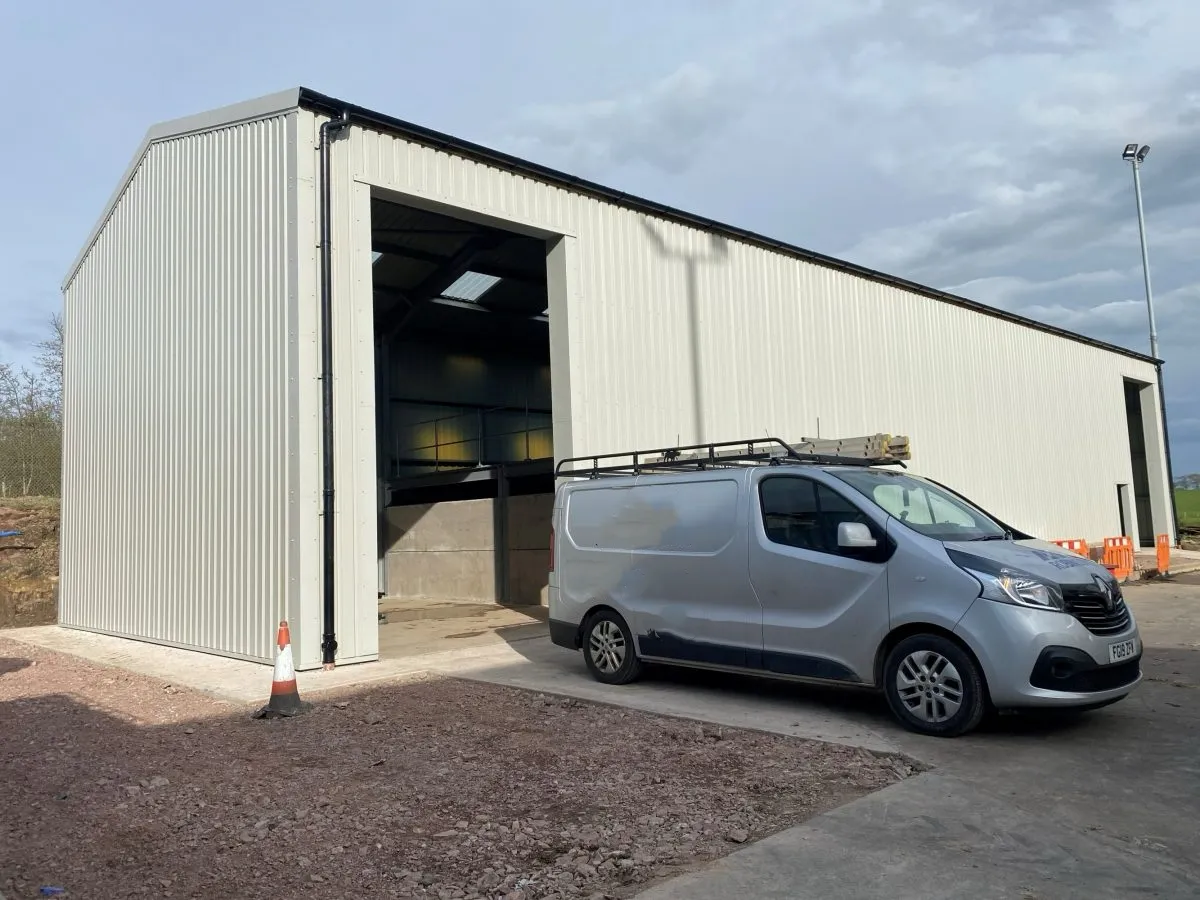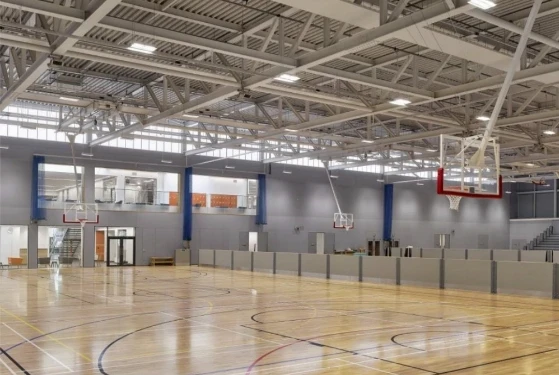- Afrikaans
- Albanian
- Amharic
- Arabic
- Armenian
- Azerbaijani
- Basque
- Belarusian
- Bengali
- Bosnian
- Bulgarian
- Catalan
- Cebuano
- Corsican
- Croatian
- Czech
- Danish
- Dutch
- English
- Esperanto
- Estonian
- Finnish
- French
- Frisian
- Galician
- Georgian
- German
- Greek
- Gujarati
- Haitian Creole
- hausa
- hawaiian
- Hebrew
- Hindi
- Miao
- Hungarian
- Icelandic
- igbo
- Indonesian
- irish
- Italian
- Japanese
- Javanese
- Kannada
- kazakh
- Khmer
- Rwandese
- Korean
- Kurdish
- Kyrgyz
- Lao
- Latin
- Latvian
- Lithuanian
- Luxembourgish
- Macedonian
- Malgashi
- Malay
- Malayalam
- Maltese
- Maori
- Marathi
- Mongolian
- Myanmar
- Nepali
- Norwegian
- Norwegian
- Occitan
- Pashto
- Persian
- Polish
- Portuguese
- Punjabi
- Romanian
- Russian
- Samoan
- Scottish Gaelic
- Serbian
- Sesotho
- Shona
- Sindhi
- Sinhala
- Slovak
- Slovenian
- Somali
- Spanish
- Sundanese
- Swahili
- Swedish
- Tagalog
- Tajik
- Tamil
- Tatar
- Telugu
- Thai
- Turkish
- Turkmen
- Ukrainian
- Urdu
- Uighur
- Uzbek
- Vietnamese
- Welsh
- Bantu
- Yiddish
- Yoruba
- Zulu
Nov . 03, 2024 14:15 Back to list
Steel Fabrication Workshop Layout
Effective workshop layout design is crucial for optimizing productivity and ensuring safety in a steel fabrication environment. A well-planned layout not only enhances workflow efficiency but also facilitates better communication among workers and improves material handling processes. Here, we will explore the key components and considerations for an efficient steel fabrication workshop layout.
Zoning the Workshop
One of the first steps in designing a steel fabrication workshop layout is zoning the space. It is important to strategically allocate areas for different functions such as material storage, cutting, welding, assembly, and finishing. Each zone should be logically placed in a sequence that follows the workflow, thereby minimizing unnecessary movement of both material and personnel. For instance, raw steel materials should be stored close to the cutting section to streamline the process.
Material Flow
An efficient material flow is essential in a steel fabrication workshop. The layout should ensure a smooth transition of materials from one stage to the next. A straight-line flow, where materials move in one direction from receiving to shipping, minimizes the likelihood of congestion and delays. Additionally, incorporating sufficient space for forklifts or other material handling equipment can aid in the quick and safe transport of heavy materials.
steel fabrication workshop layout

Workstation Design
The design of individual workstations plays a major role in productivity. Each workstation should be ergonomically designed to reduce worker fatigue and enhance output. Important tools and equipment should be positioned within easy reach, and there should be ample space for workers to perform their tasks efficiently. Moreover, considering the layout of welding booths, cutting tables, and assembly areas is vital to minimize the risk of accidents and ensure a safe working environment.
Safety Considerations
Safety is paramount in a steel fabrication workshop. The layout should include clear walkways and access points to emergency exits, fire extinguishers, and first aid stations. Additionally, proper ventilation must be ensured in welding and cutting areas to manage fumes and improve air quality. It is also essential to implement safety barriers to separate high-traffic areas from workspace zones, reducing the risk of collisions between equipment and personnel.
Conclusion
In conclusion, a well-thought-out steel fabrication workshop layout is fundamental for optimizing production efficiency and maintaining a safe working environment. By strategically zoning the workshop, ensuring a smooth material flow, designing ergonomic workstations, and prioritizing safety, organizations can significantly enhance their operational effectiveness. As industries continually evolve, regular reviews of workshop layouts will help adapt to new challenges and technologies, ensuring sustained productivity and worker safety in the steel fabrication sector.
-
The Rise of Prefabricated Metal Structures in Modern Industry
NewsJul.28,2025
-
The Landscape of Prefabricated Metal Building Solutions
NewsJul.28,2025
-
Analyzing Costs and Pricing Dynamics in Prefabricated Steel and Metal Buildings
NewsJul.28,2025
-
Advance Industrial Infrastructure with Prefabricated Steel Solutions
NewsJul.28,2025
-
Advancing Industrial Infrastructure with Prefabricated Metal Warehousing Solutions
NewsJul.28,2025
-
Advancing Industrial and Commercial Spaces with Prefabricated Steel Solutions
NewsJul.28,2025
Products categories
Our Latest News
We have a professional design team and an excellent production and construction team.












